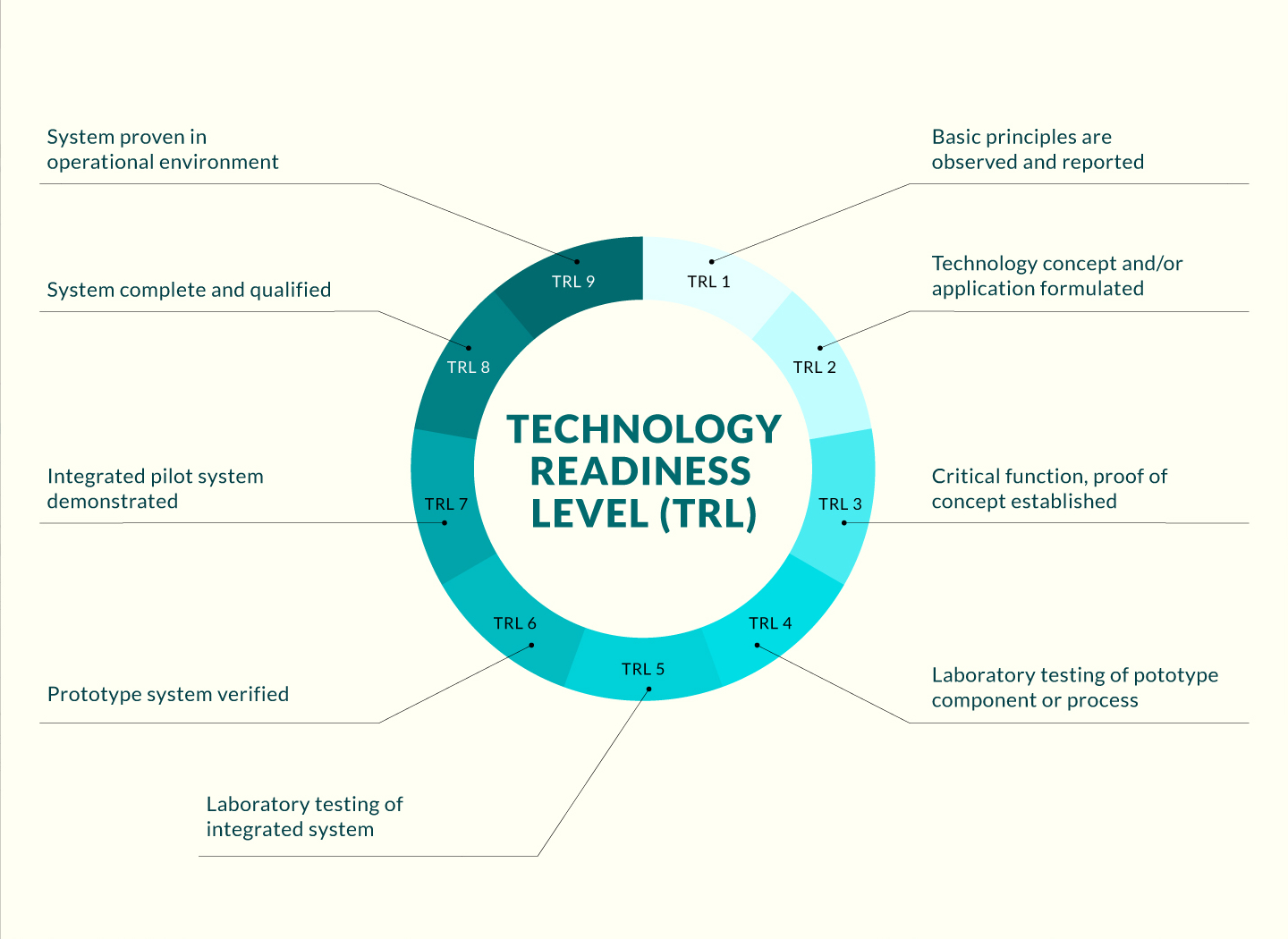
Opportunity
Congenital heart disease (CHD) is one of the most common congenital malformations in infants. It accounts for nearly one third of significant congenital disabilities globally, placing a major burden on society. Currently, foetal echocardiography is the most widely used approach to diagnosing CHD. However, this prenatal diagnosis technology is not always effective in detecting CHD with late onset and subtle early symptoms. The accuracy of detection also depends on the quality of equipment and doctors’ skill in using the technology. In addition, CHD is likely to have a genetic foundation, with approximately 400 genes linked to its onset. Existing diagnostic methods do not adequately address the genetic basis of CHD, which can lead to missed diagnoses or late interventions. To address these limitations, there is a need for a non-invasive, efficient and high-accuracy early CHD screening technology that addresses the disease’s genetic basis.
Technology
Researchers have developed a novel method of detecting CHD in a foetus. Instead of relying on imaging techniques, the new approach involves extracting foetal DNA from the mother’s blood. The foetal genetic material carries invaluable information about the developing foetus, including potential markers associated with CHD. Whole-genome sequencing is performed on the extracted foetal genomic DNA to identify specific genetic markers linked to heart defects. The foetal DNA is also compared with data drawn from control subjects without CHD. When the measured genomic DNA exceeds the control thresholds, it indicates that the mother has an elevated risk of bearing a foetus with CHD, paving the way for timely intervention and care. The mother’s genomic DNA is also analysed to further assess the genetic risk of CHD in the foetus. By combining maternal and foetal genetic factors, a comprehensive risk profile is constructed, allowing parents and healthcare providers to make informed decisions.
Advantages
- Less invasive than traditional methods such as foetal echocardiography, thus reducing risk to both the mother and the foetus.
- Allows for detection of CHD as early as 8 weeks into pregnancy, significantly earlier than traditional methods, which typically detect CHD between 18 and 24 weeks. This is particularly beneficial because the disease has a very high early cure rate.
- Focuses on specific genetic markers associated with CHD, which can lead to more accurate diagnoses than traditional methods. The new method can diagnose over 60% of CHD cases by identifying susceptible structural variants, improving the chances of early intervention.
- Whereas traditional methods require high-quality medical equipment and skilled personnel, the new method simplifies the diagnostic process, making it less costly and more accessible and reducing the potential for human error.
Applications
- Can be used by medical institutions and various healthcare practitioners to process and test blood samples from pregnant women to determine whether their foetuses have CHD and implement appropriate intervention and care.
- May be suitable for user self-testing, enabling pregnant women to perform preliminary screenings in a private setting.



